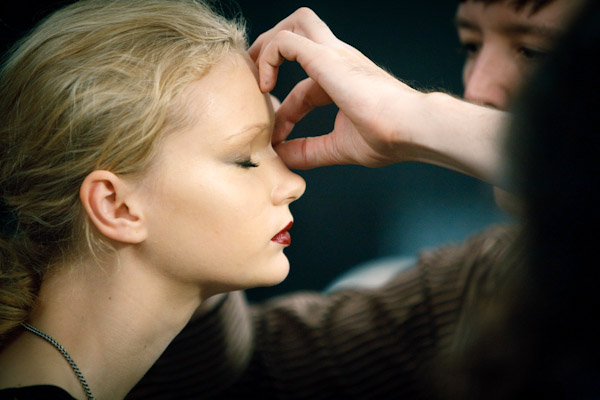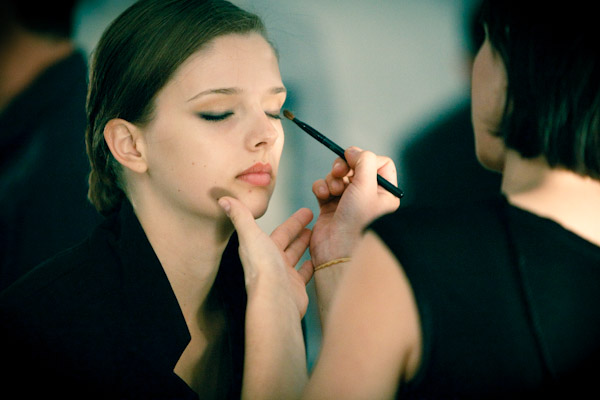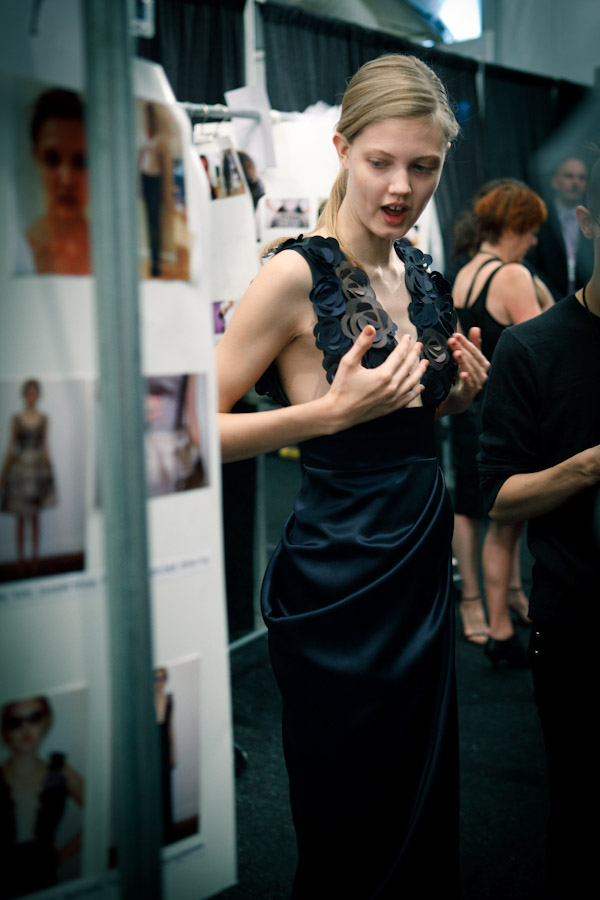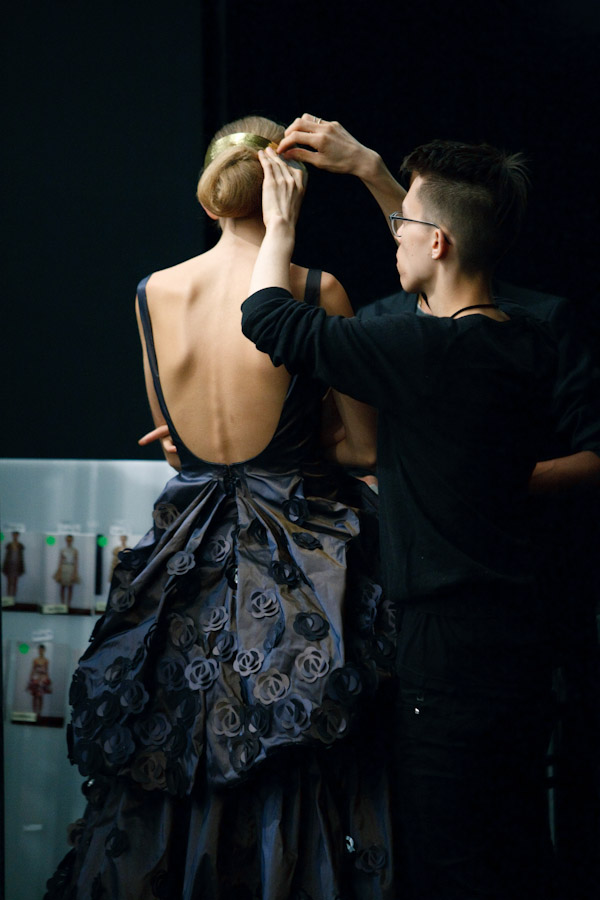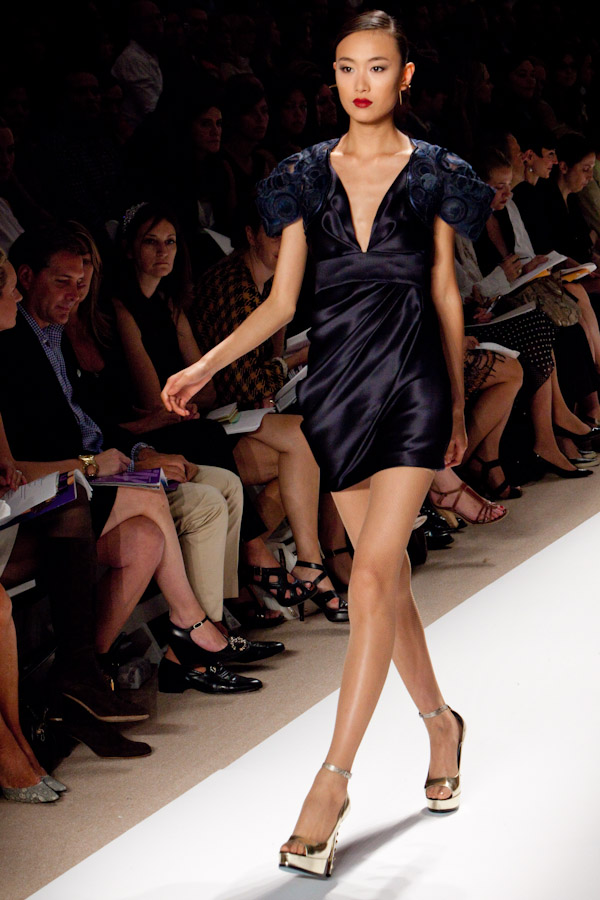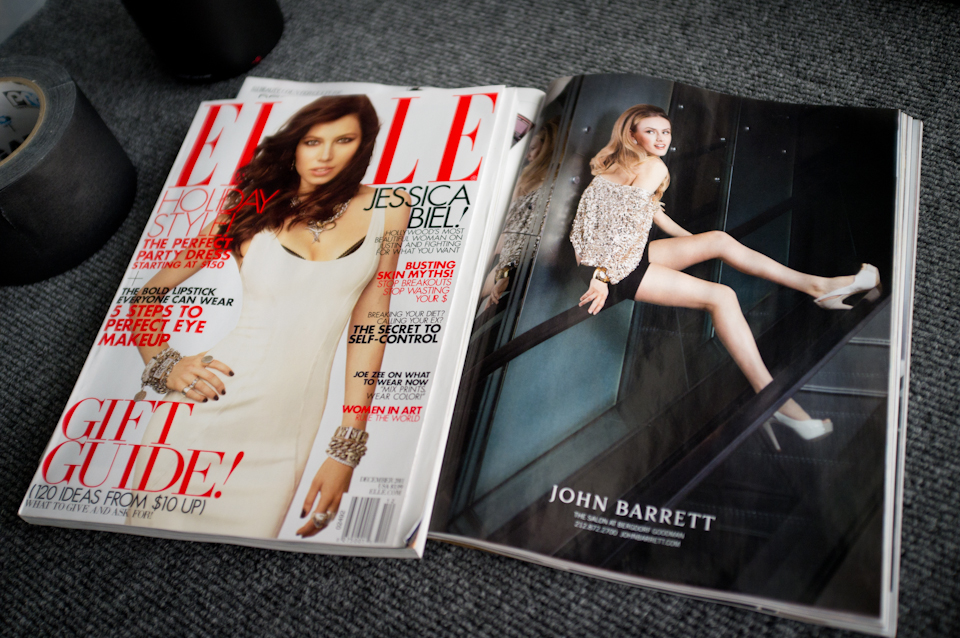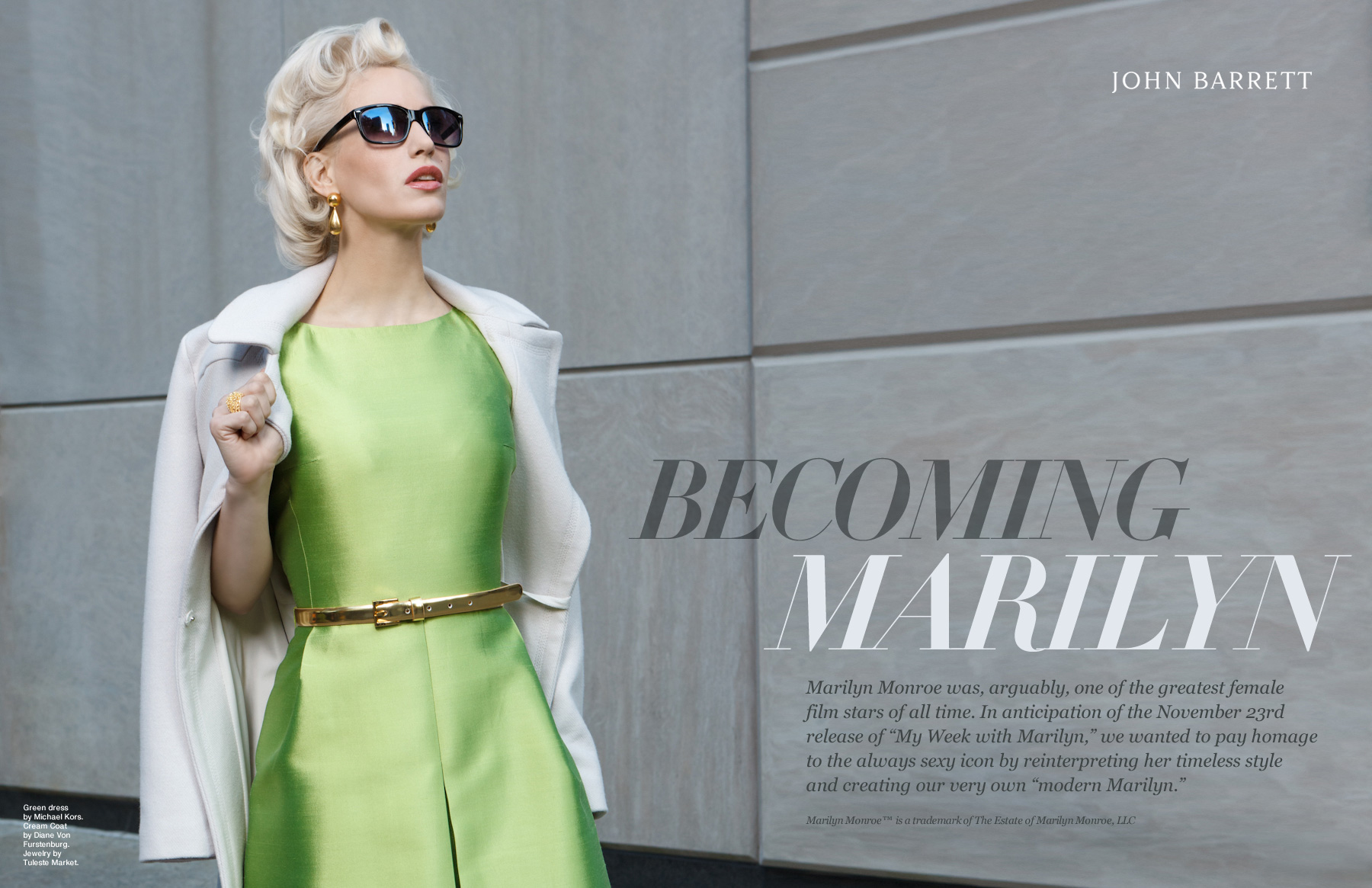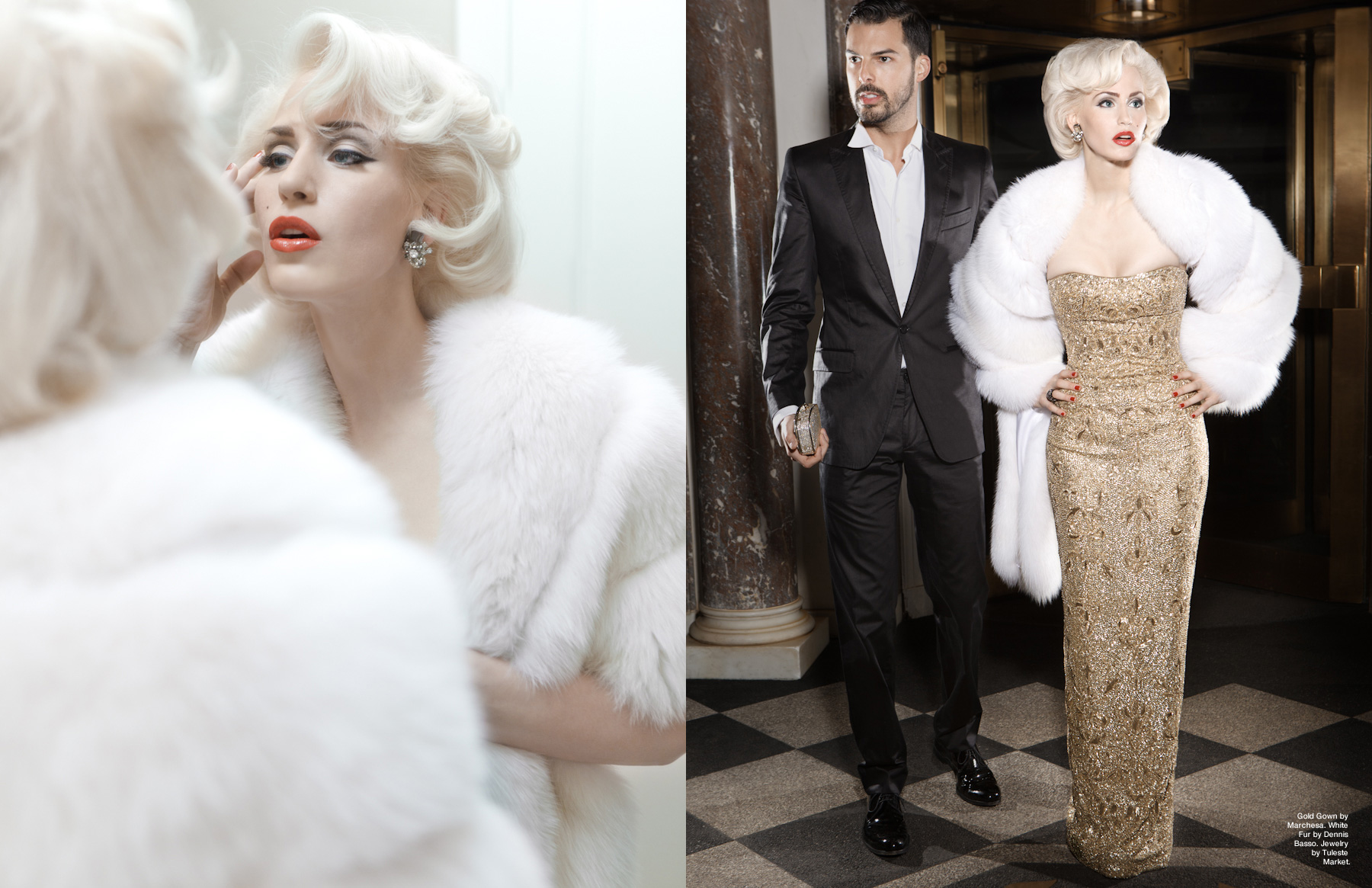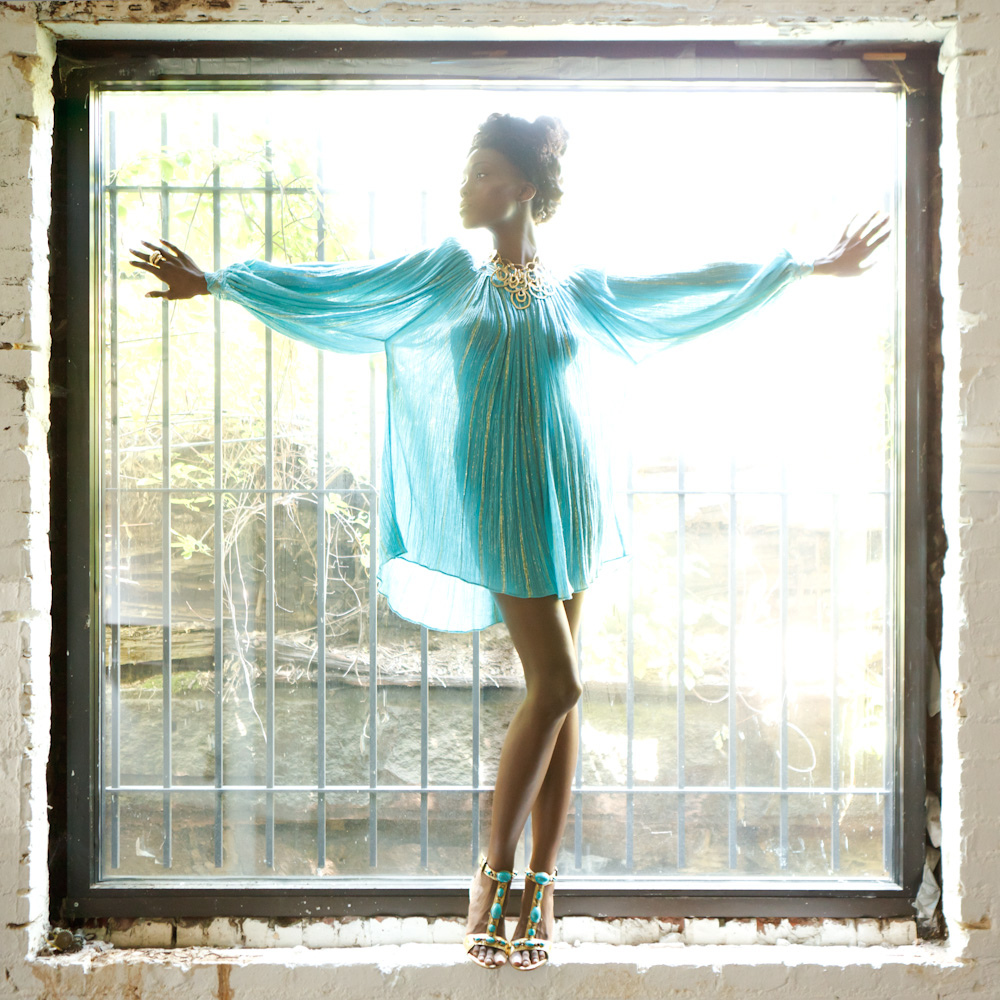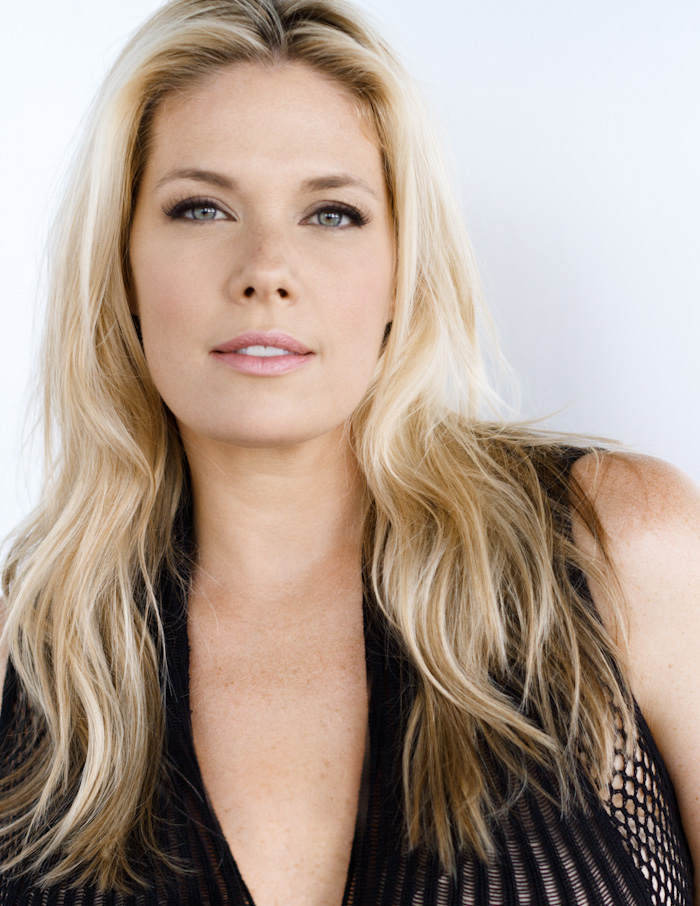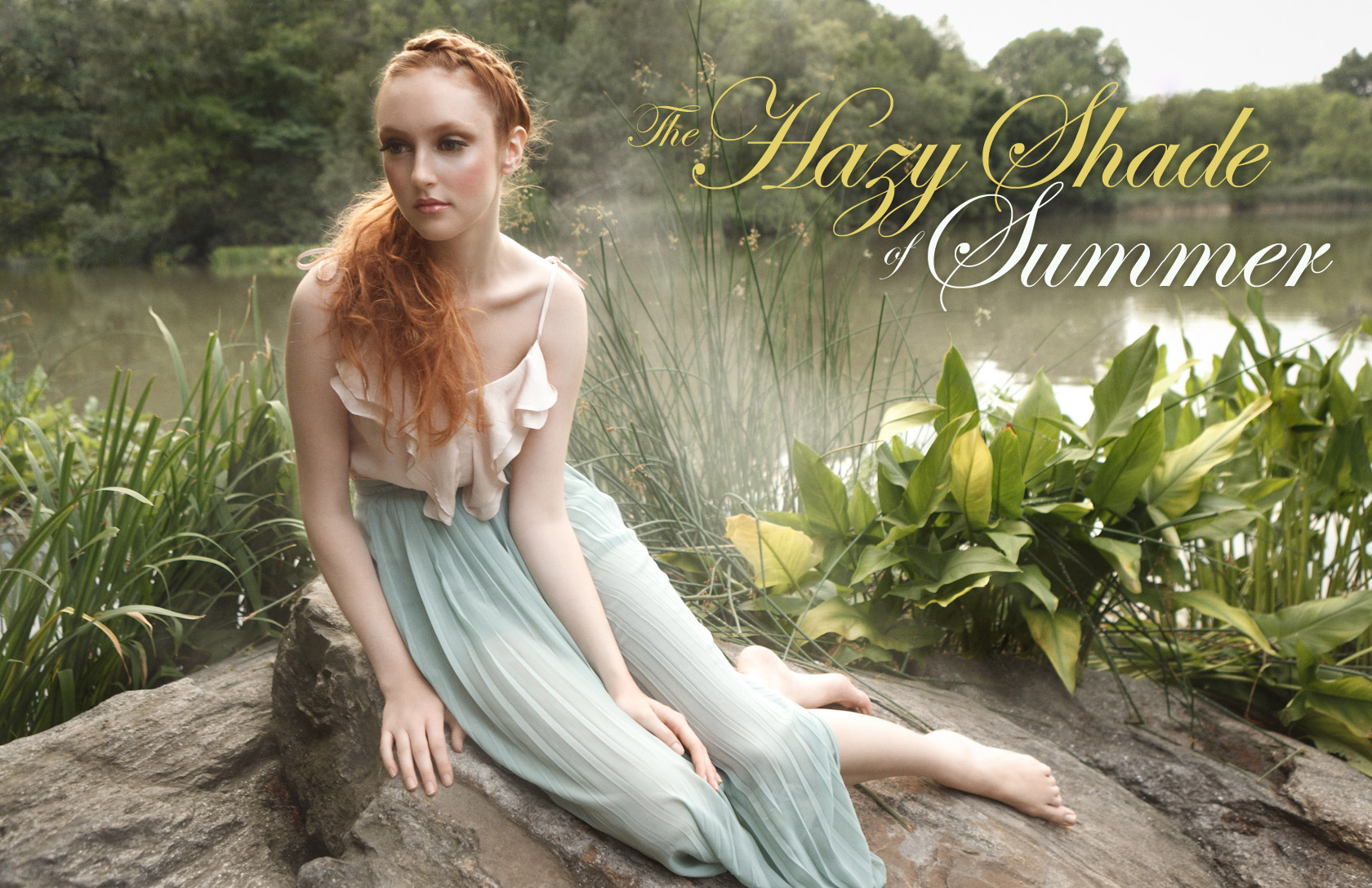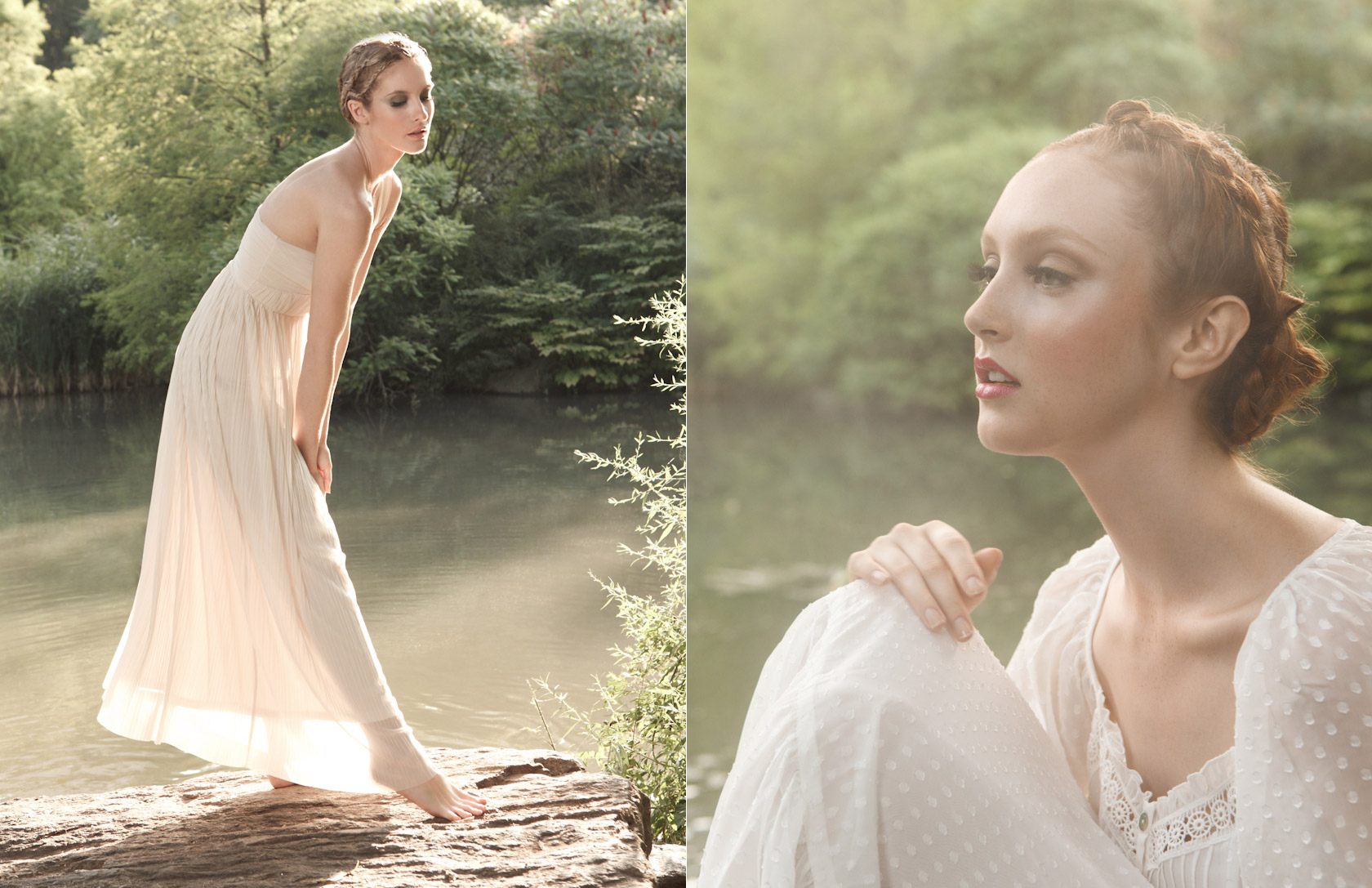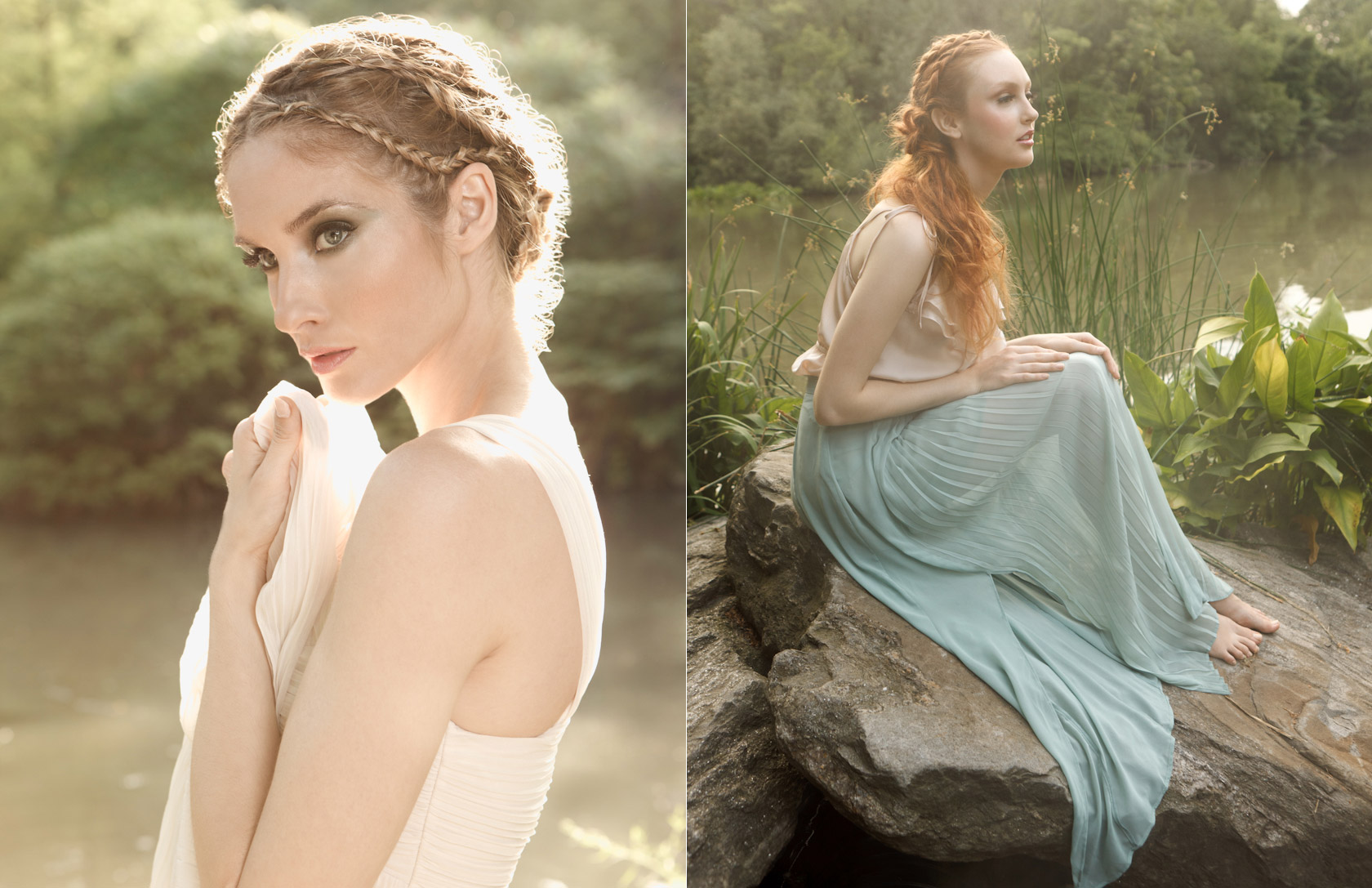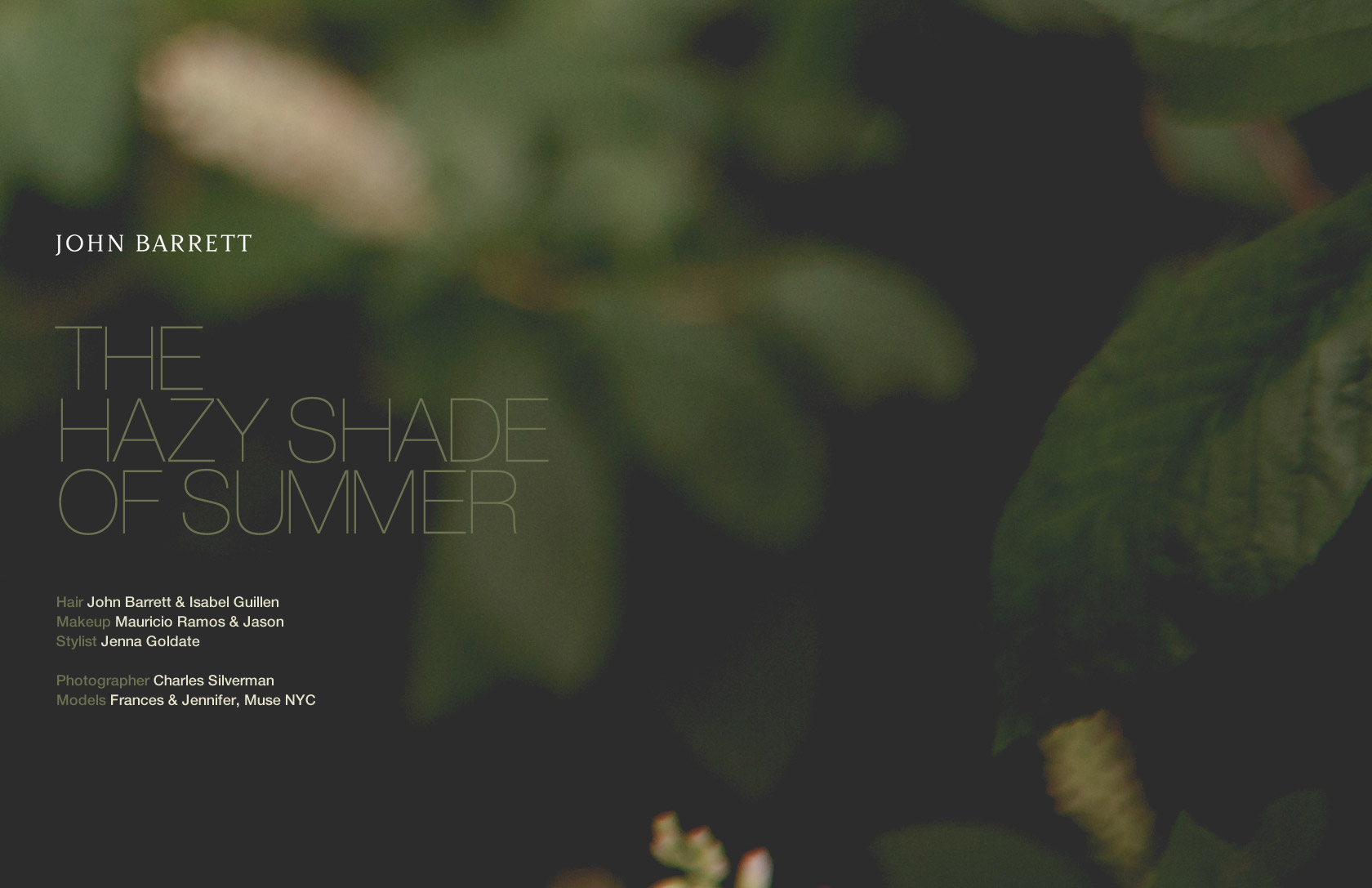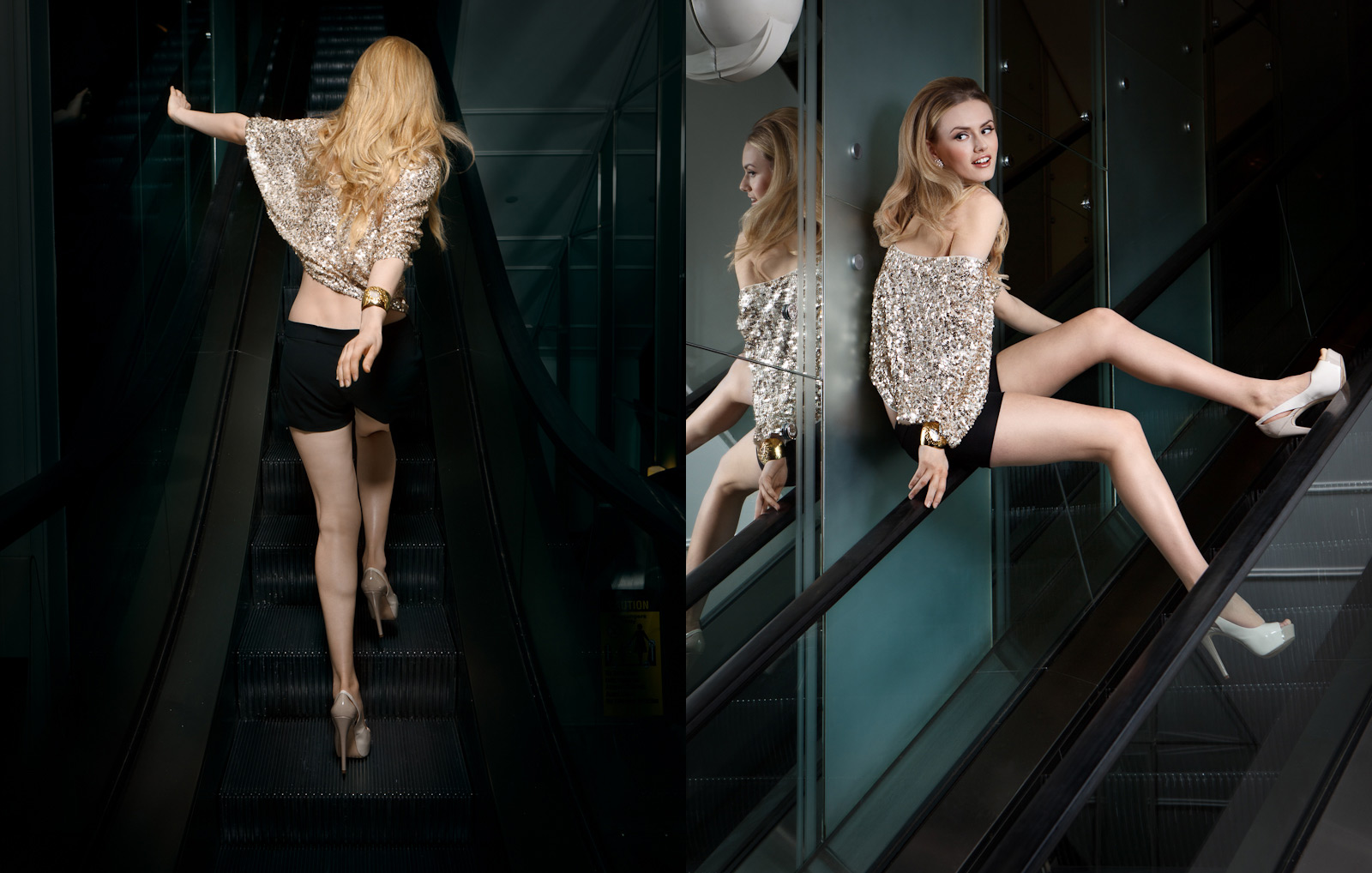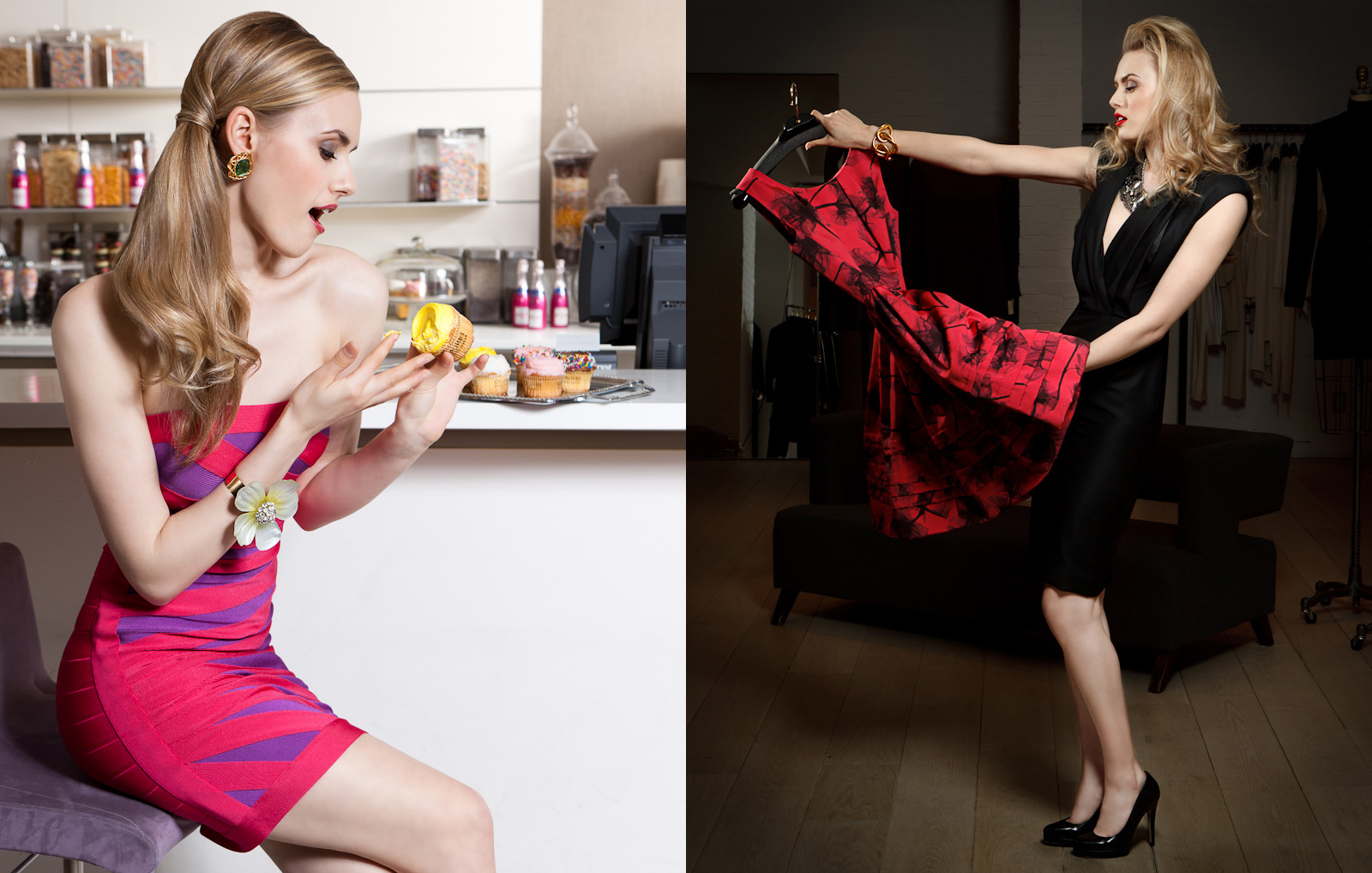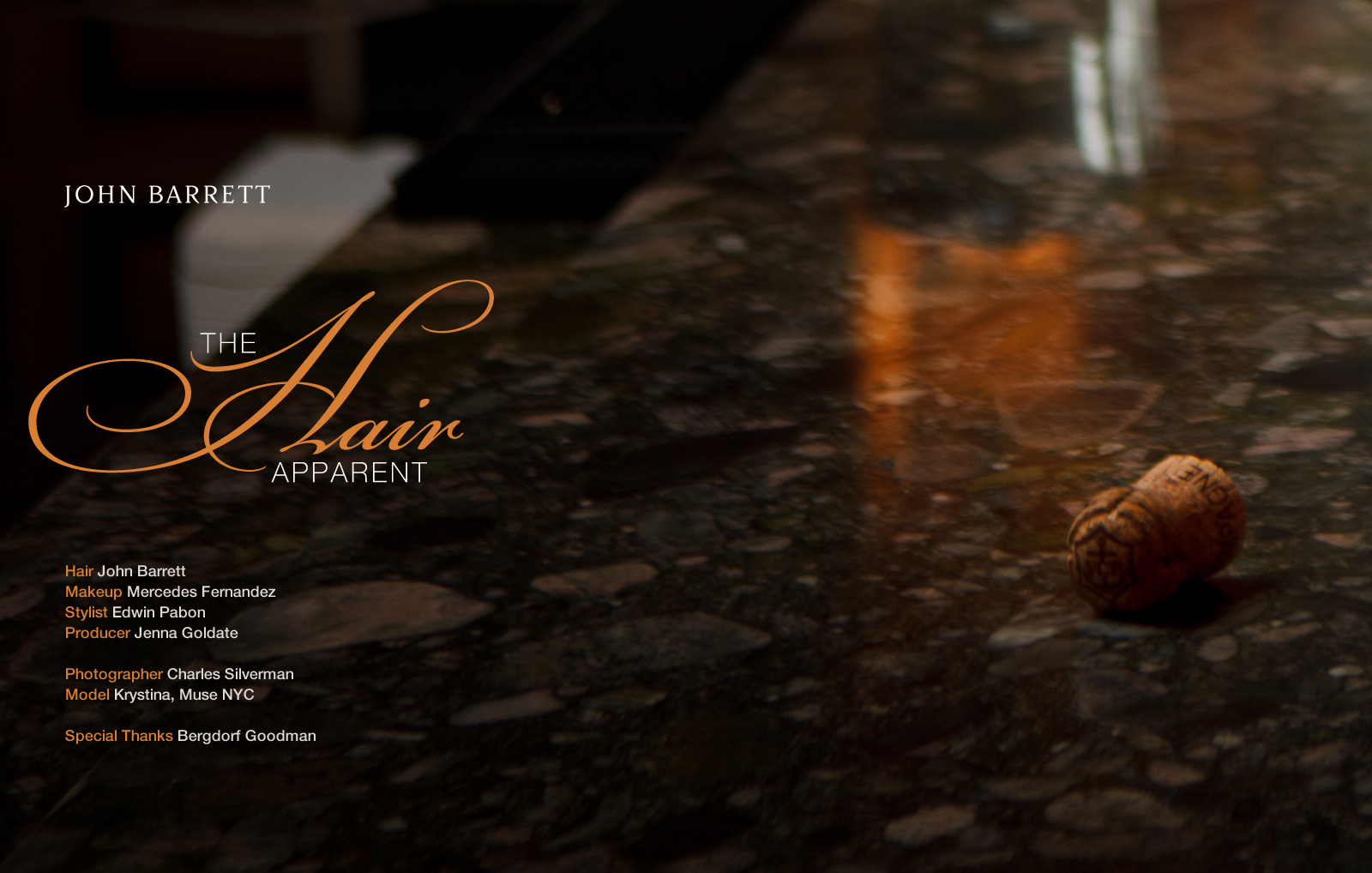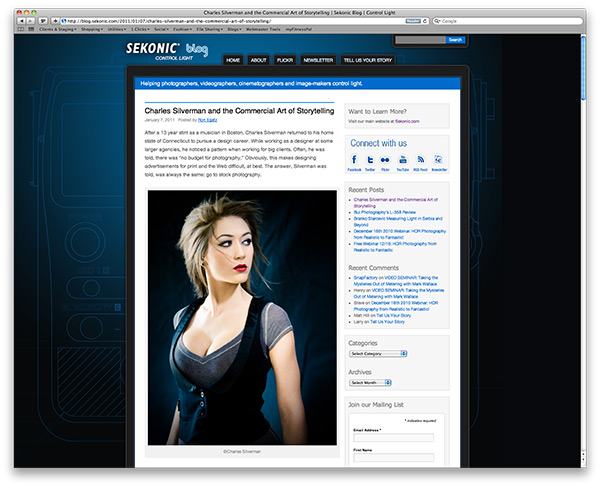I've decided to attempt a new series... to throw something out there... anything out there. Well not just anything, but a series of cinematic still images shot in 16x9 aspect ratio. My goal? Don't really know yet... however since I've chosen a three digit number... let's shoot for 100. One hundred images held together by the constraints of 16x9 aspect ratio, and the feeling of cinema. Be prepared to see a lot of my family... sorry, I don't get out much.
Hillman Curtis Inspired Me To...
HILLMAN from Hillman Curtis on Vimeo.
Hillman Curtis inspired me to become a new media designer. He gave me the courage to self-educate and think of myself as a “real graphic designer.” He inspired me to pick up a camera and ultimately make films. His extraordinary example of successful reinvention most likely helped me to find my primary passion—photography. I can’t say that I wouldn’t be a photographer if it weren’t for Hillman. But I know that if you connect the dots backward, he certainly was there.
In early 1999 I decided to learn Macromedia Flash. I was a gen-1 web designer. I had been doing web design for the better part of four years—which (at the time) made me “very experienced.” I was one of those web designers that had no formal design education. A former musician with no career and plenty of free time, I taught myself to code HTML, use photoshop, and build websites. And as Macromedia Flash was beginning to gain a bit of traction... I came across a New Media Designer named Hillman Curtis.
Hillman Curtis’ website, and how it used vector type, sequential bitmapped images, and audio, made me suddenly realize what I truly wanted to do. It immediately neutralized all my personal doubt regarding “design,” and made excited. Being a musician, I understood the art of linear storytelling, and was elated to be able to combine type, image, audio, and interaction within a web browser. I attended a one-day seminar with Hillman, where he revealed his entire workflow, gave us source files, and made sure that everything was covered and understood. He was helpful, passionate, and (best of all) humble.
From that moment, I was a proud Flash guy. I designed my first Flash portfolio site, and about six months later, was hired as a Design Director at Roger Black’s Interactive Bureau. My first project? A Flash microsite for Lotus where I rented a DV camera and shot footage to be used in a “Hillman Curtis sort-of-way.”
I shortly reached out to Hillman inquiring about a position in his studio. He told me he wasn’t hiring at the time, but was extremely nice about it. And even if he was hiring, I doubt he wanted to hire someone that wanted to BE Hillman Curtis when he was THE Hillman Curtis.
I continued to follow Hillman and became inspired all over again by his book MTIV. In this book, he writes all about his creative process and his inner-voice. He shared his own personal doubts about “being exposed as a fraud.” He echoed the very same feelings and doubts that I myself wrestled with professionally. From then on, I refused to doubt myself any longer, and began a self-education in graphic design. I can’t say that I completed it, because who really does? But I can say (without doubt) that I am a graphic designer.
As Flash became more robust in its video capabilities, I began filming. First with a cheap Sony DV camera, and soon after a Canon XL-2. I moved from shooting video for Flash websites to making short films. I wanted to reach out to Hillman again, and let him know just how similar our paths were. Former musicians, started in design by making band posters, moving to web design, and then Flash. And finally filmmaking. I wanted to connect with him as a peer, yet let him know how much he had given me just by sharing his journey. Hillman was transparent long before social networking gave people the immediate reward for being so. Ultimately, I never reached out. I think I feared the possible rejection. I admired him too much to risk being disappointed.
In Hillman’s last piece, titled HILLMAN, he talks about his career and the theme of reinvention. This immediately brought me back to his Flash Seminar I attended. During the Q&A, an attendee asked Hillman “why are you teaching us this stuff? Don’t you want to keep it for yourself?” he replied that letting it go, allowed him to move forward.
I will never "let go" of what Hillman taught me. He will be missed and remembered as we all move forward.
Telephone Alternates
When shooting the story Telephone for On Makeup Magazine... I wanted to try and get some alternates that didn't include the telephone. The girls just looked too good to stop shooting. It made for a more hectic pace, essentially shooting constantly all day. Here are a few of may favs.
Telephone: Beauty Editorial for On Makeup Magazine
The wired telephone has become a piece of fond nostalgia, harkening back to a time when a phone conversation required a fixed location. Calls were more intimate and the quality of voice was certainly better. We imagined a beauty story featuring different looks from different periods throughout the golden age of the house telephone. Check it out this and other great beauty stories in theOnMakeup Magazine Fall 2011 issue.
TELEPHONE: Beauty Editorial for On Makeup Magazine
Here is a behind-the-scenes short from our beauty editorial Telephone shot for the Fall 2011 issue of OnMakeup Magazine. Shot November 28, 2011 at the Make Up For Ever Academy studio in Union Square.
John Barrett Advert in December Elle
EDITORIAL: Becoming Marilyn
Becoming Marilyn BTS
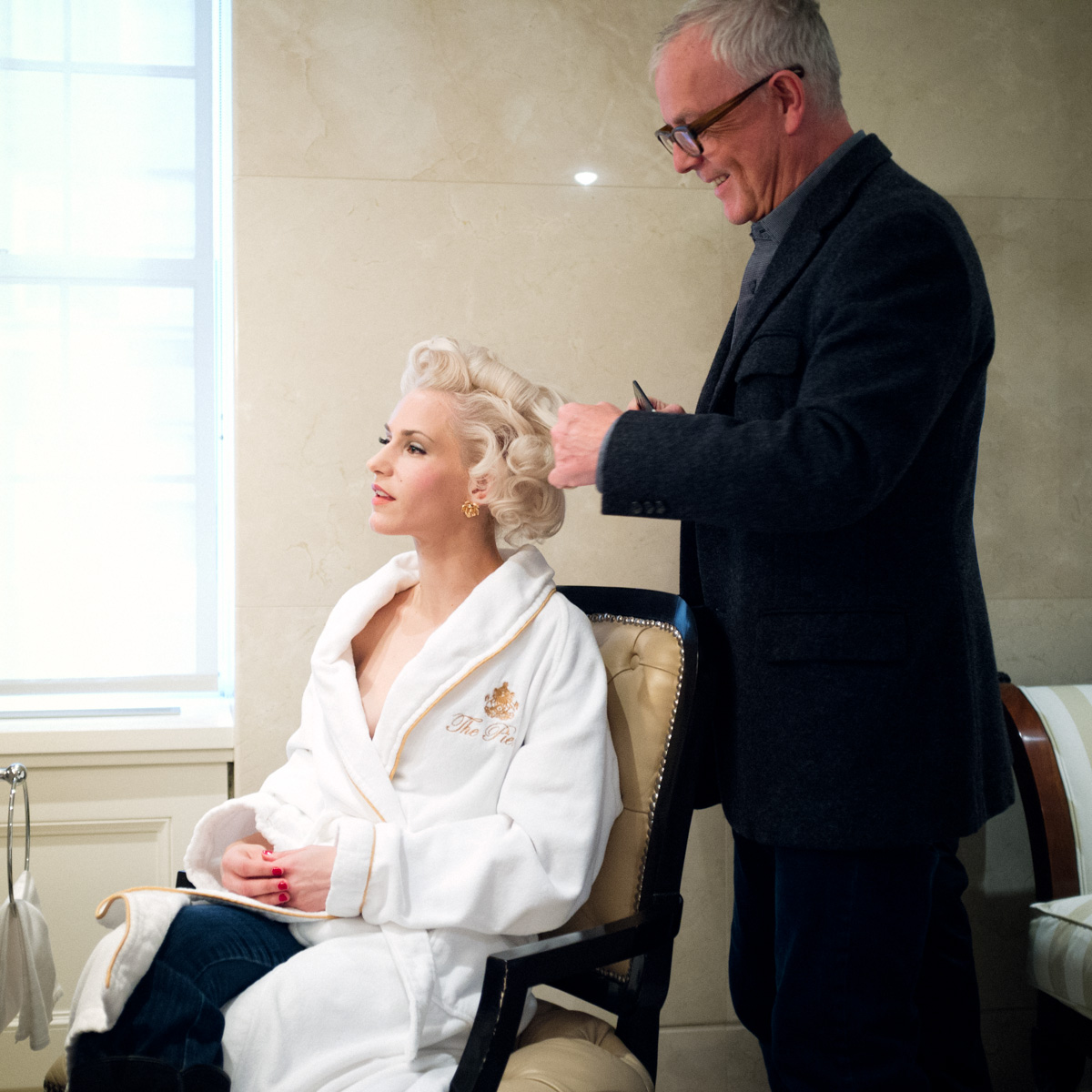
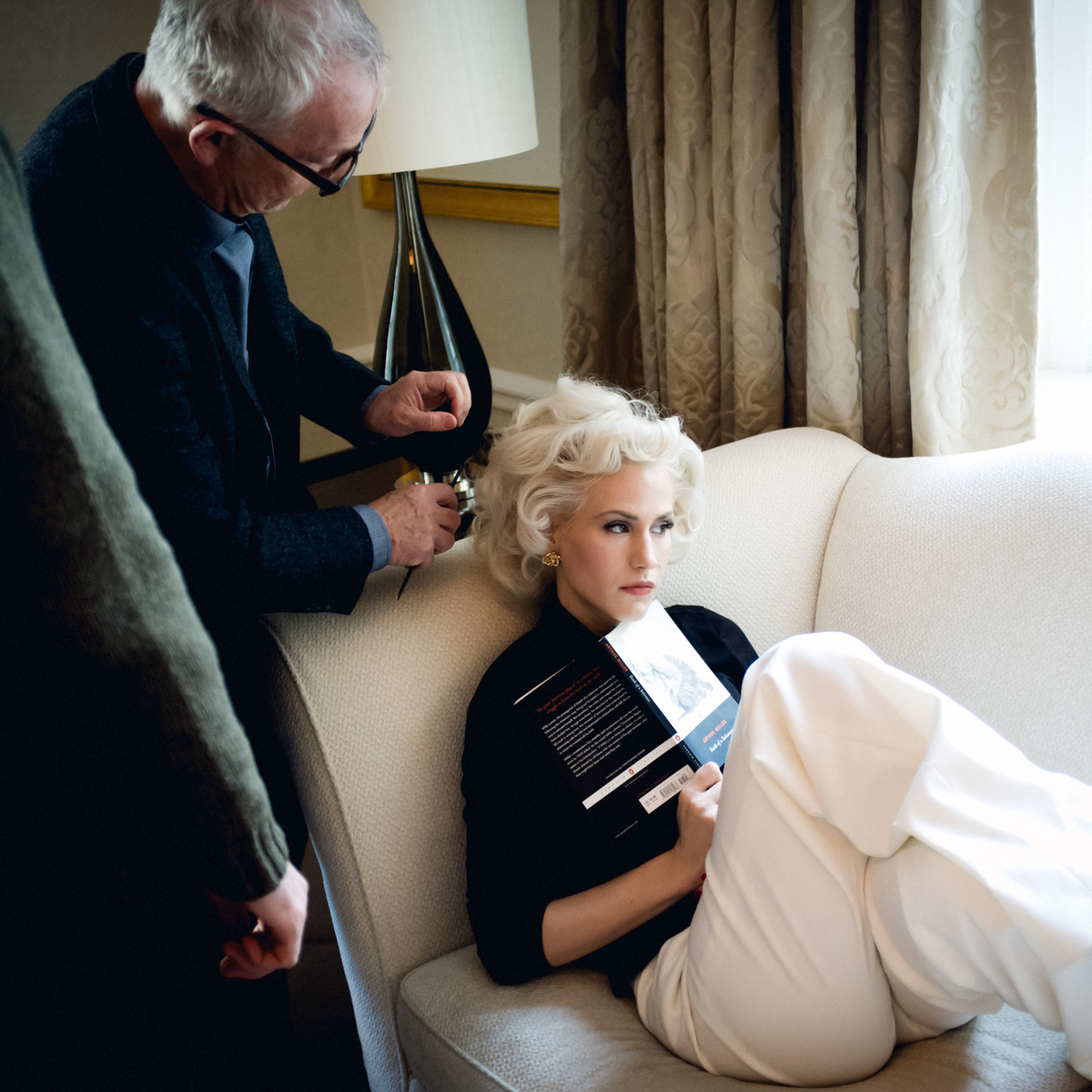
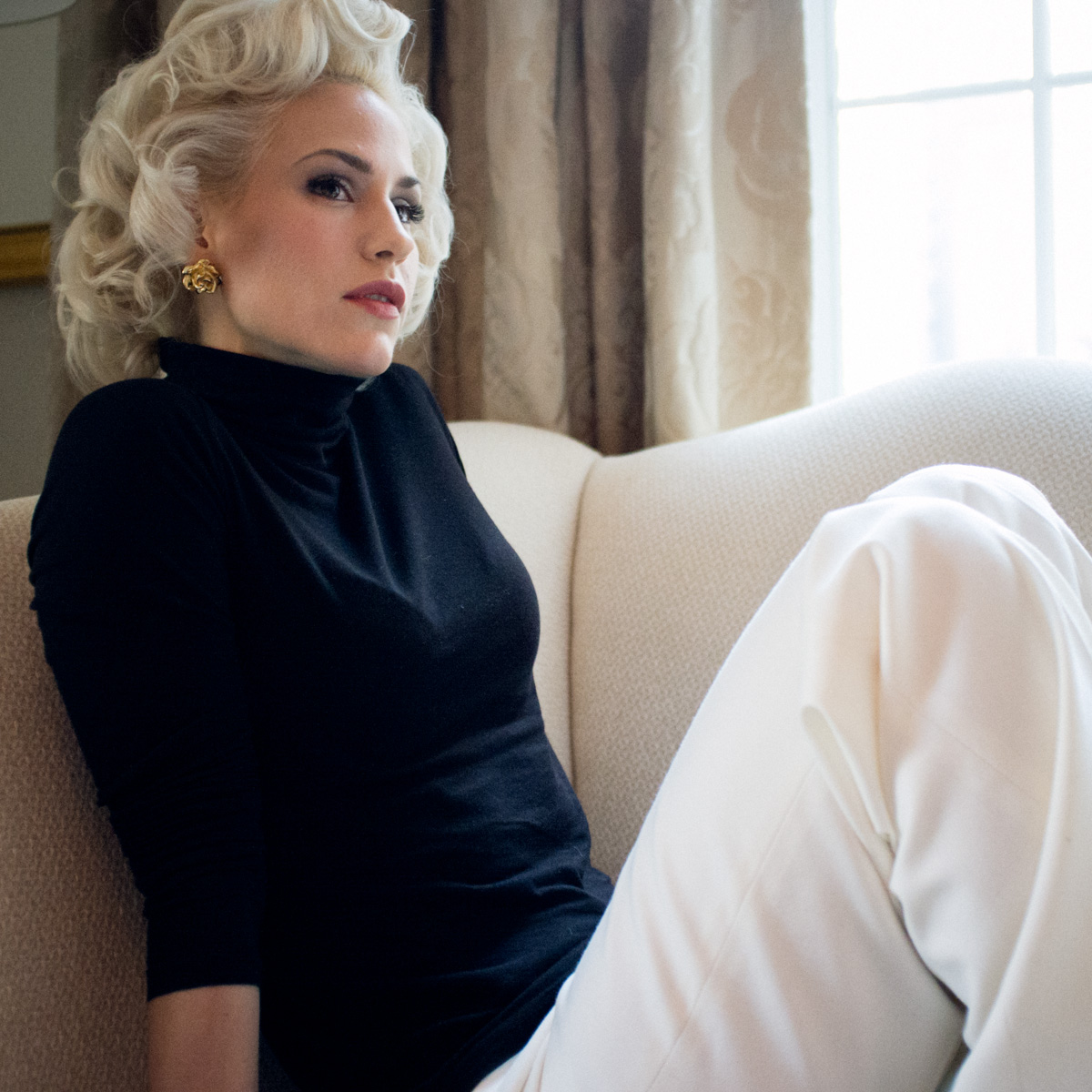
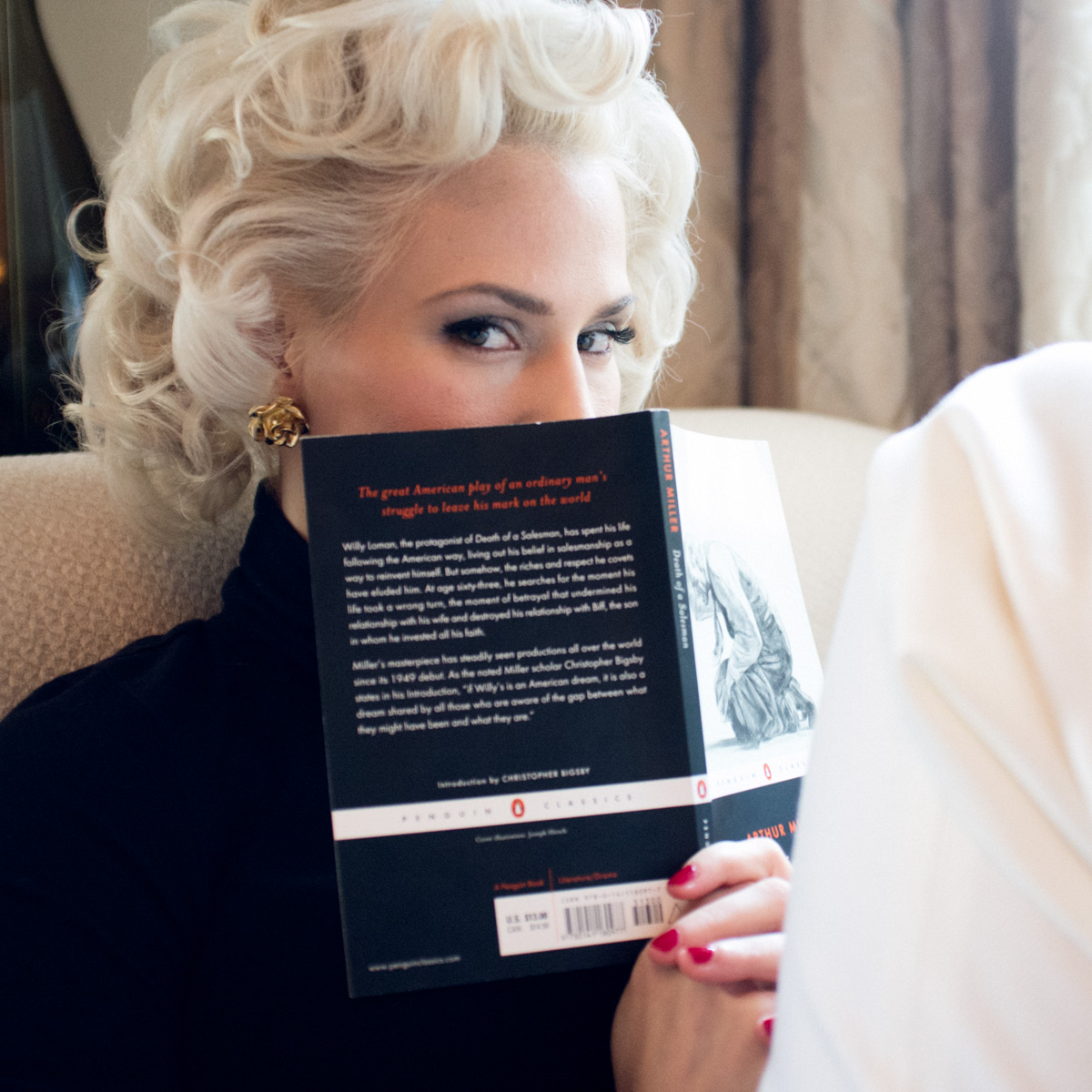
Model Test: Shannnone
Model Test: Melissa
EDITORIAL: Hazy Shade of Summer
Model Test: Melissa
Model Test: Sasha
EDITORIAL: The Hair Apparent
Model Test: Paget

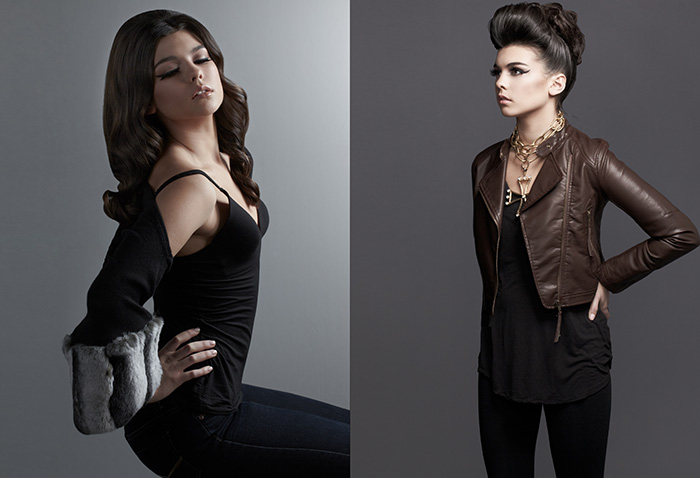

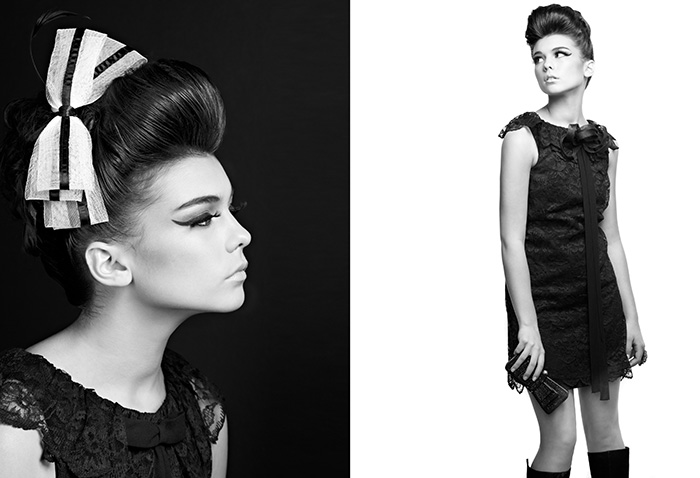
Featured on the Sekonic Blog
I want to thank Ron Egatz for a great conversation and interview for the Sekonic Blog. Aside from featuring me... I think this is a great example of how brands can bring consumers content as opposed to heavy-handed empty marketing. I love and use most of the The Mac Group products... Profoto, PocketWizard, Creative Light, Sekonic and X-Rite. So obviously, I'm very proud to be featured.
Here's a link to the article
A second look at the Routzen Renn controversy
There has been a lot of back and forth regarding the Nicholas Routzen Fashion for Passion photos of plus-size model Crystal Renn. Routzen has just posted a response on his blog. I decided to do one better and show the photographs over each other, as to get a better idea exactly what Routzen chose to "modify." While shooting down with a wide angle lens will slim the lower half, there is also some liquify there as well as on her face, waist, and arm.
I think Routzen is amazing photographer. Don't judge him on the Fashion for Passion stuff. His book is awesome! I just think he didn't understand what Crystal Renn means to the plus-size industry/community. This is classic case of an artist not having a handle on the cultural relevance necessary to do meaningful work.
Model Test: Emma
Melissa & The Ting Tings
Fashion Week: Dennis Basso Spring 2010

